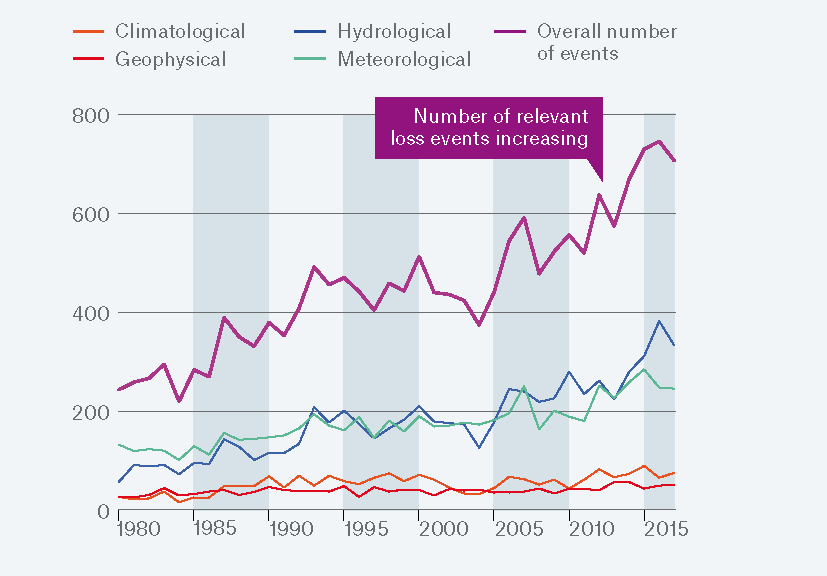The insurance industry has unique exposure to climate risk, particularly re-insurers, as they take on much of the growing cost of an increasing number of disasters and share climate risk. They also often have a sophisticated understanding of potential climate impacts and can inform company resilience measures and investments. In anticipation of these increased risks related to climate change, some insurance companies are investing in resilience, and tying demonstrated resilience measures to lower premiums. Insurer Swiss Re has explored catastrophe bonds to help manage financial risks associated with natural disasters, and connecting the bonds to resilience projects that manage the physical risk.
Small businesses
Unlike large businesses, many small businesses do not have the capacity to develop climate scenarios or examine climate risks they face. They may not have plans in place to respond and recover from weather events which makes them particularly vulnerable. For example, a study of businesses affected by Hurricane Sandy found that about half of them experienced a loss in revenue after the storm. Small businesses also tend to be unprepared for long-term impacts that could affect their employees, materials, supply chain or other elements of their business.
Nonetheless, there are steps they can take to improve their resilience to climate change, such as increasing their insurance coverage, disaster recovery plans, adding onsite energy resources like combined heat and power (CHP) systems or rooftop solar installations. Small businesses can also be key participants in municipal resilience activities, for example by hosting water retention installations (green roofs, bioswales, etc.) or communicating preparedness information to employees.


